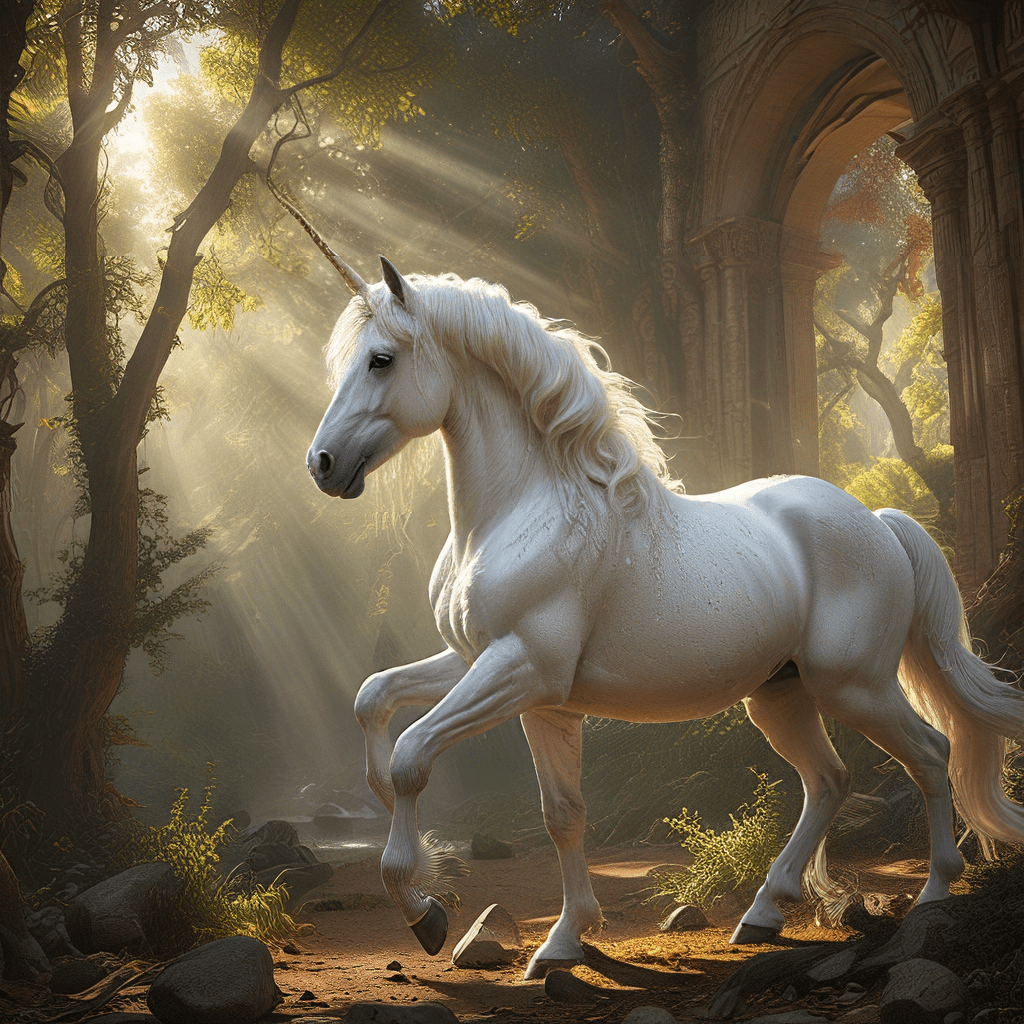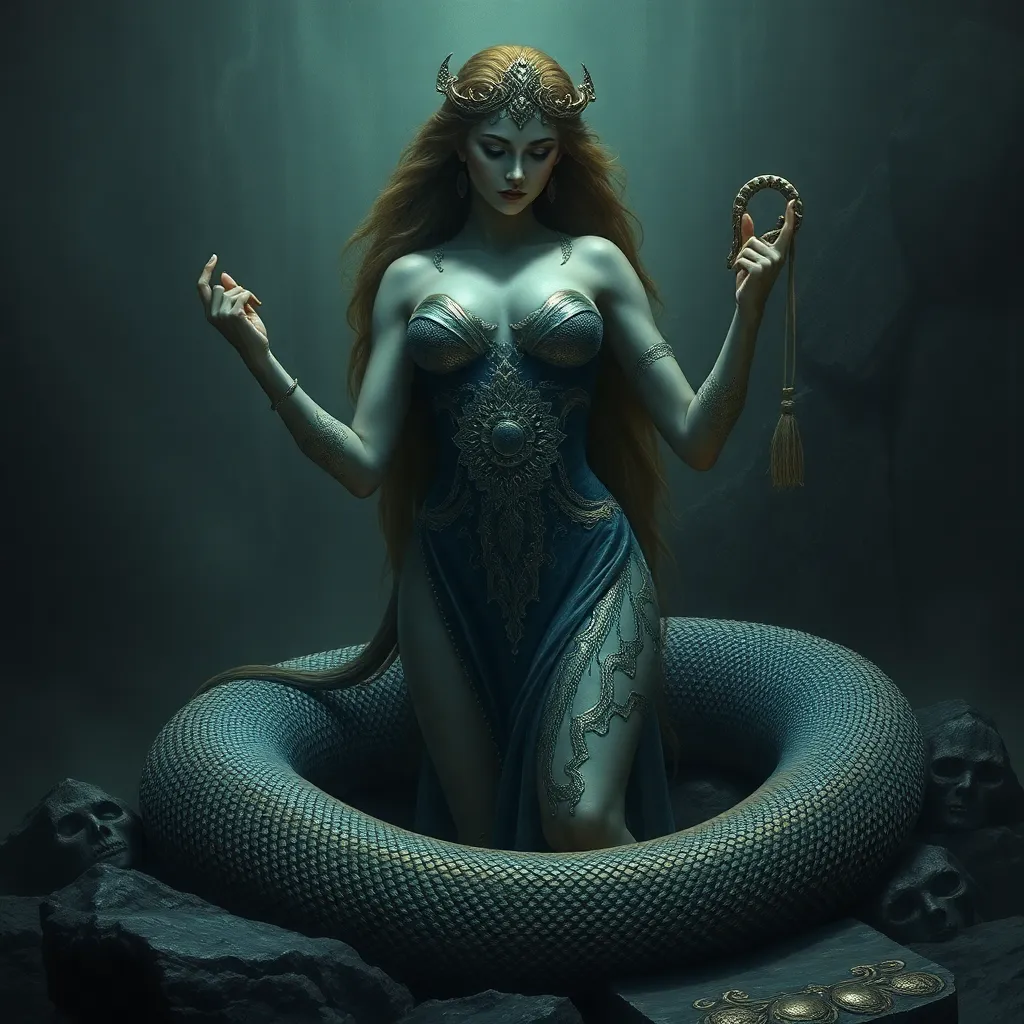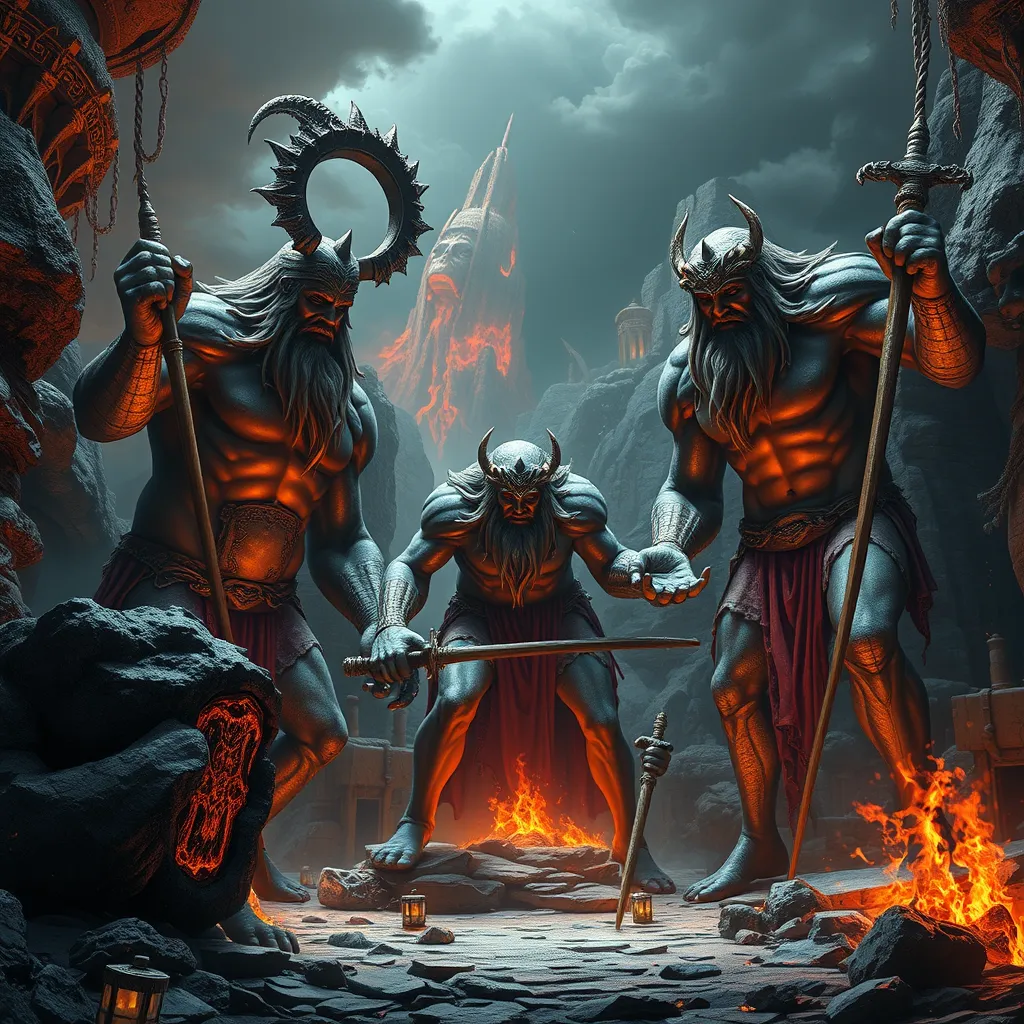Ahuizotl: A Cultural Icon of the Mesoamerican World
I. Introduction
The Ahuizotl is a fascinating creature from Mesoamerican mythology, often described as a water-dwelling beast with a distinctive appearance and a complex role within the stories and beliefs of ancient cultures. This legendary figure has captivated the imaginations of generations and continues to hold significance in various cultural contexts.
In Mesoamerican mythology, the Ahuizotl is more than just a creature of folklore; it embodies deep-rooted beliefs about nature, water, and the balance between life and death. This article will explore the origins, characteristics, and cultural implications of the Ahuizotl, as well as its enduring legacy in contemporary society.
II. Historical Context
A. Origins of Ahuizotl in Aztec and other Mesoamerican cultures
The Ahuizotl is primarily associated with the Aztec civilization, where it was believed to inhabit lakes and rivers. Its name comes from the Nahuatl language, meaning water dog, indicating its aquatic nature. However, the concept of a dangerous water creature predates the Aztecs, appearing in various forms across different Mesoamerican cultures, such as the Mixtecs and the Maya.
B. Role of Ahuizotl in pre-Columbian society
In pre-Columbian society, the Ahuizotl was often viewed as a perilous entity, a creature that could drag unsuspecting victims into the depths of the water. It was not merely a figure of horror; it also served as a reminder of the power and mystery of nature, particularly water, which was vital for agriculture and survival.
C. Influence of Ahuizotl on local folklore and traditions
The Ahuizotl influenced local folklore, instilling a sense of respect and caution toward bodies of water. It became a part of oral traditions, where stories would be passed down through generations, warning people of its lurking presence and the importance of being aware of their surroundings near water sources.
III. Physical Description and Attributes
A. Depictions of Ahuizotl in art and literature
Artistic depictions of the Ahuizotl vary, but it is commonly portrayed as a creature resembling a dog or a wolf, with a long, serpentine body and a hand or claw at the end of its tail. Ancient codices and pottery often illustrate these features, highlighting its fearsome nature while also reflecting the artistic styles of the time.
B. Characteristics: form, features, and symbolic meanings
- Form: Ahuizotl is typically depicted with a sleek, elongated body, reminiscent of aquatic mammals.
- Features: It possesses sharp teeth, glowing eyes, and the signature claw on its tail, which it uses to capture prey.
- Symbolic meanings: The Ahuizotl symbolizes both danger and protection, embodying the duality of nature itself.
C. Comparison with other mythological creatures in Mesoamerica
Similar to other mythical creatures such as the Xolotl, the Ahuizotl shares characteristics of duality, representing both the predator and the protector of the waters. These comparisons highlight common themes in Mesoamerican mythology, where beings often embody multiple facets of existence.
IV. Ahuizotl’s Role in Mythology
A. Legends and stories associated with Ahuizotl
Numerous legends speak of the Ahuizotl’s interactions with humans. Some tales recount how it would lure people to the water’s edge with its cries, only to drag them under when they came too close. Other narratives depict it as a guardian of sacred waters, protecting the realms of nature from those who would harm it.
B. Ahuizotl as a guardian of water and nature
In many stories, the Ahuizotl serves as a protector of aquatic environments, reflecting the Mesoamerican reverence for water. This role emphasizes the importance of maintaining harmony with nature, as the Ahuizotl would not hesitate to retaliate against those who disrespected or polluted its domain.
C. The significance of water in Mesoamerican belief systems
Water was a vital element in Mesoamerican cultures, believed to be a source of life and fertility. The Ahuizotl’s connection to water reinforces its significance within these belief systems, portraying it as an essential figure in maintaining the balance between humanity and nature.
V. Ahuizotl in Modern Culture
A. Representation in contemporary art and media
In modern times, the Ahuizotl has found its way into various forms of art and media. From paintings to digital illustrations, contemporary artists continue to draw inspiration from this mythological figure, often depicting it in new and imaginative ways.
B. Influence on literature and popular culture
Literature has also embraced the Ahuizotl, with authors incorporating it into fantasy novels, short stories, and even graphic novels. Its myth has been reinterpreted to fit modern narratives, showcasing its adaptability and ongoing relevance.
C. Preservation of Ahuizotl’s legacy in modern Mesoamerican communities
In many Mesoamerican communities, the legacy of the Ahuizotl remains alive through storytelling and cultural practices. Festivals celebrating water and nature often include references to the Ahuizotl, ensuring that this creature continues to be a part of their cultural heritage.
VI. Symbolism and Interpretation
A. The symbolism of Ahuizotl as a cultural archetype
The Ahuizotl embodies various cultural archetypes, representing the complexities of human interaction with nature. As a guardian and a threat, it reflects the duality of existence and the need for balance in life.
B. Themes of duality: predator and protector
The dual nature of the Ahuizotl serves as a reminder of the intricate relationships within ecosystems, where every creature has its role as both a predator and a protector. This theme resonates with the Mesoamerican understanding of nature as a delicate web of interdependence.
C. The impact of Ahuizotl on understanding Mesoamerican values and beliefs
Through the lens of the Ahuizotl, one can gain insight into Mesoamerican values, such as the respect for nature and the belief in the interconnectedness of all living things. The stories surrounding this creature encourage a deeper appreciation for the environment and its preservation.
VII. Ahuizotl in Comparative Mythology
A. Similarities with mythological creatures from other cultures
Comparative mythology reveals that many cultures have their own versions of aquatic creatures that embody similar themes. For instance, the Nuckelavee from Scottish mythology and the Makara from Hindu tradition share characteristics of being both feared and revered.
B. The role of aquatic creatures in folklore worldwide
Aquatic creatures often symbolize the unknown and the power of nature across various cultures. They frequently appear in stories as guardians of the deep, illustrating humanity’s complex relationship with water.
C. Insights gained from comparative studies
Studying the Ahuizotl alongside similar mythological figures allows for a broader understanding of cultural archetypes and the universal themes that resonate across different societies. It emphasizes the shared human experience in grappling with nature’s mysteries.
VIII. Conclusion
The Ahuizotl stands as a significant figure in Mesoamerican culture, reflecting deep-seated beliefs about water, nature, and the balance of life. Its legacy continues to thrive in modern storytelling, art, and cultural practices, ensuring that this mythological creature remains a vital part of the narrative surrounding the Mesoamerican worldview.
As we explore the complexities of the Ahuizotl, we are reminded of the importance of understanding and appreciating the rich tapestry of Mesoamerican mythology. This call to action encourages further exploration into these ancient stories, fostering a deeper connection to the cultural heritage that shapes our understanding of the world.
![]()


